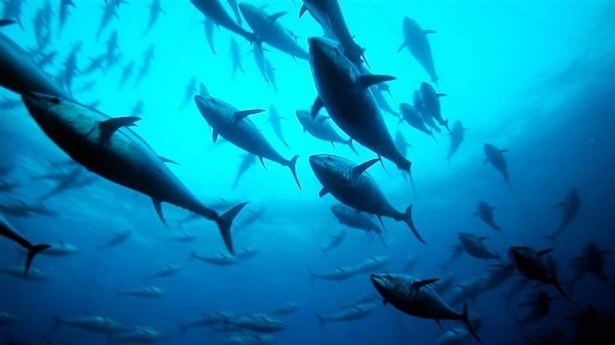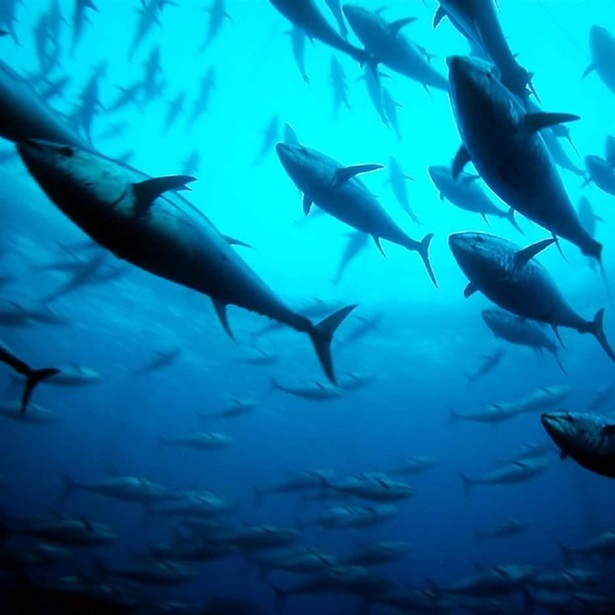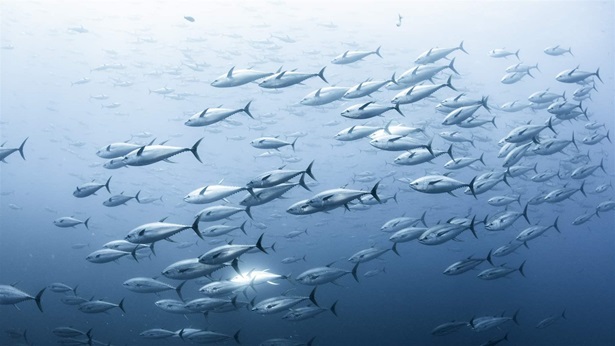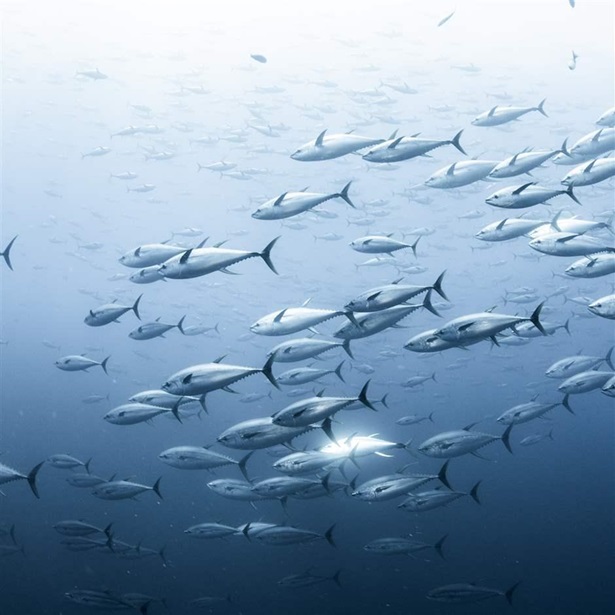The Role of the Seafood Supply Chain in Sustainable Fisheries
Seafood is one of the world’s most traded food commodities by value, accounting for $143 billion in global trade each year. However, insufficient and ineffective management, coupled with a lack of compliance and accountability, has put many commercial stocks at risk of overfishing—jeopardizing ocean health, trade, revenue, and food and livelihood security. The long-term sustainability and stability of vital marine-derived resources require stronger fisheries management practices and safeguards to ensure that seafood brought to market is legally caught, verifiable and traceable. Stakeholders across the supply chain—from fishers to buyers to consumers—can leverage their purchasing power to encourage governments and fishery managers to improve sustainability and keep illegal, unreported, and unregulated fish from reaching store shelves. Improving fisheries management is not simply a conservation issue; it’s an economic one, crucial to markets for the long-term stability and continuity of supply.
Pew works to increase market support and advocacy for the effective implementation of international treaties and comprehensive management measures to mitigate risk in the supply chain. Together with the private sector, industry associations, and other nongovernmental organizations, Pew also educates stakeholders on ways to support improved governance of international fisheries by achieving policy reforms.
OUR WORK
Spotlight on Mental Health
MORE FROM PEW
Explore Pew’s new and improved
Fiscal 50 interactive
Your state's stats are more accessible than ever with our new and improved Fiscal 50 interactive:
- Maps, trends, and customizable charts
- 50-state rankings
- Analysis of what it all means
- Shareable graphics and downloadable data
- Proven fiscal policy strategies
Welcome to the new Fiscal 50
Key changes include:
- State pages that help you keep track of trends in your home state and provide national and regional context.
- Interactive indicator pages with highly customizable and shareable data visualizations.
- A Budget Threads feature that offers Pew’s read on the latest state fiscal news.











